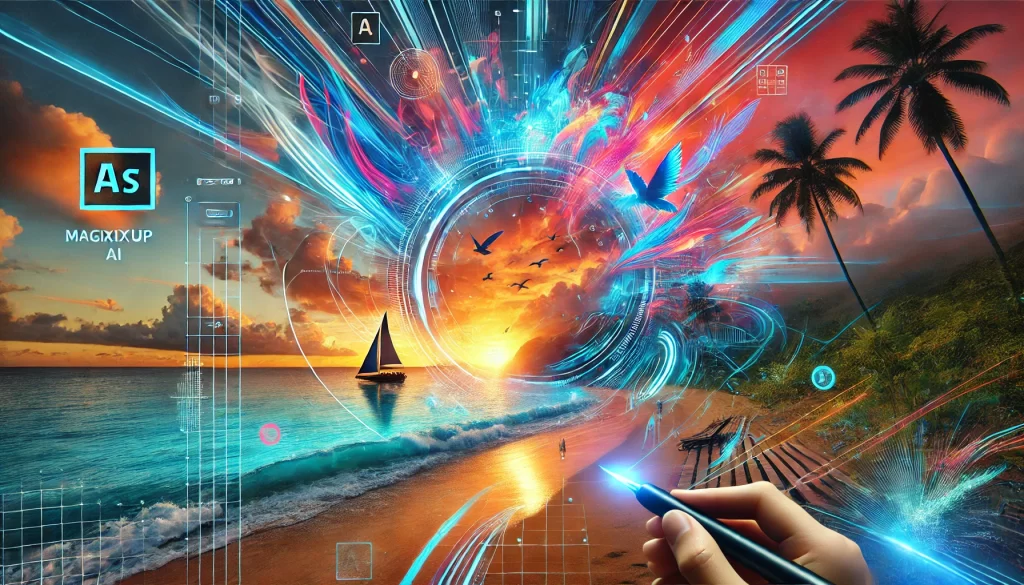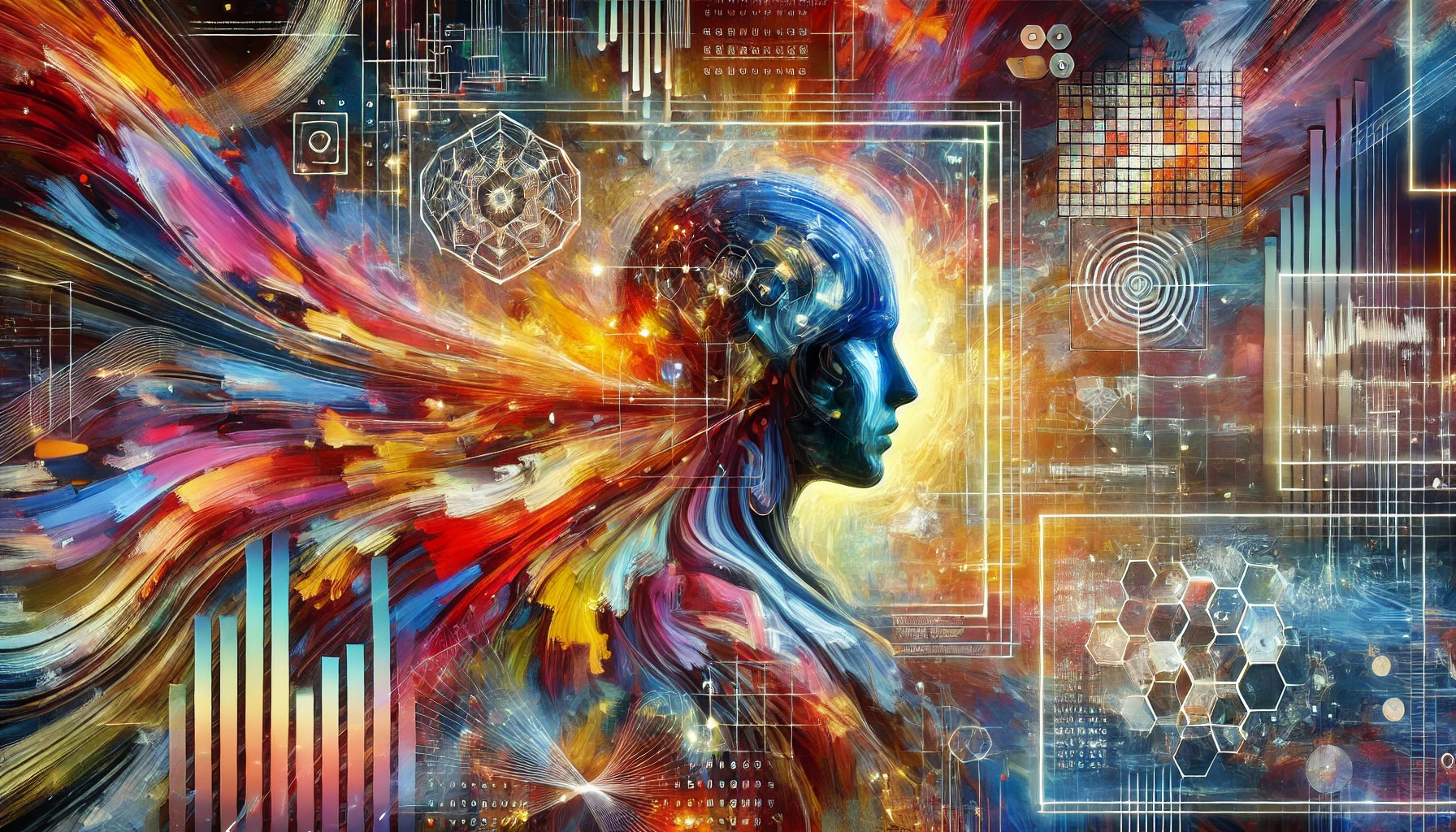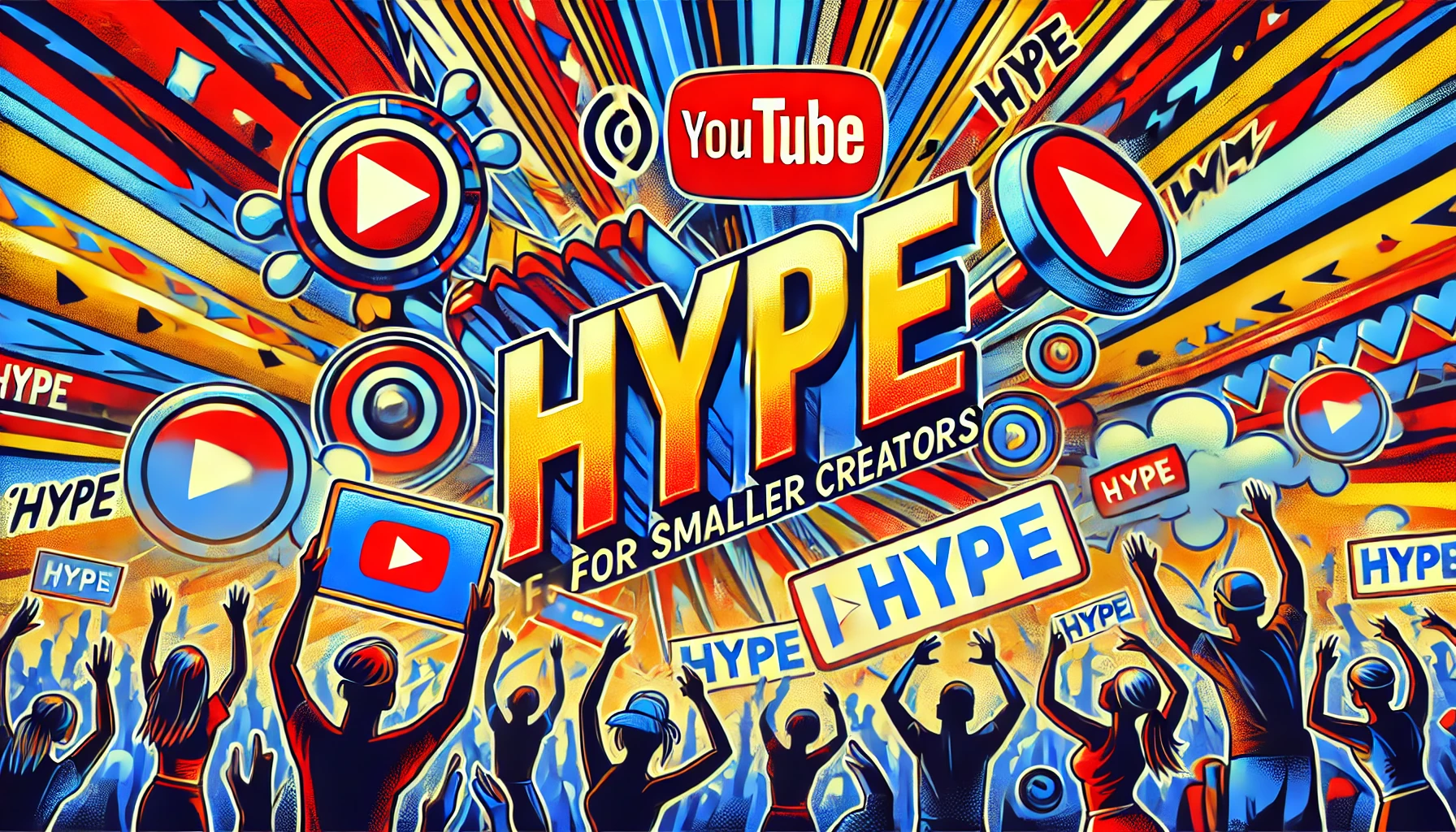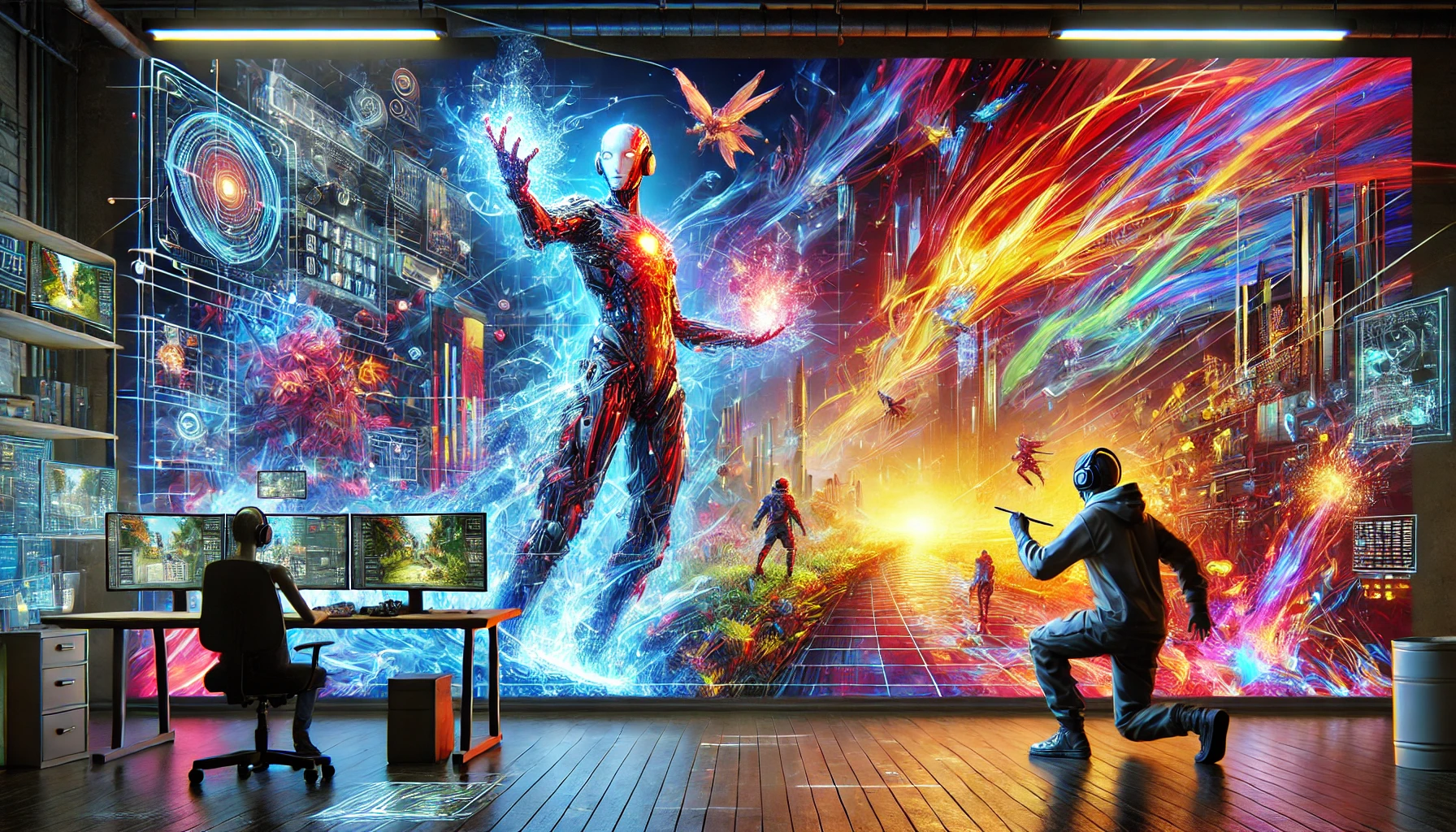Let's get real for a minute—photo editing has always been like trying to solve a Rubik’s cube... in the dark... with a hangover. Whether you're a professional photographer sweating over pixel-perfect adjustments or a casual Instagram enthusiast who just wants to get rid of your ex from last summer’s beach pic, photo editing is often a drag. But what if I told you Adobe has created an AI tool so powerful, it feels like cheating?
Yes, folks, we’re talking about Adobe’s Magic Fixup AI, the sleek, brainy companion you didn’t know you needed in your editing toolkit. But how does it work? What makes it the holy grail of photo editing? And, is there a catch (spoiler alert: there always is)? Sit tight, because we’re about to venture into Adobe's next-gen AI that might just turn your hours of frustrating edits into minutes of digital bliss.
The Old Photo-Editing Grind vs. The New AI Revolution
Traditionally, photo editing required advanced skills and a good chunk of time (and patience). Professionals spent years mastering tools like Photoshop, fine-tuning skills that could transform an ordinary pic into something that belongs in the Louvre—or at least on your fridge.
But that’s the old world. In the new world of AI-driven photo editing, even your toddler could edit photos. Well, almost. With Magic Fixup AI, Adobe has taken artificial intelligence, sprinkled it with some wizardry, and made it so intuitive that anyone—from seasoned photographers to digital rookies—can create professional-grade visuals. It’s like having a 10-year Photoshop veteran living in your laptop, but without all the coffee breaks.
What Exactly Is Magic Fixup AI?
So, what makes Magic Fixup the Tom Brady of photo editing software? In short, it’s a dual-model AI system designed to make digital images as flawless as your imagination. And it doesn't just throw random filters at you or guess what you want. Magic Fixup actually learns from video data to understand how objects change under different conditions.
In old-school terms, most AI models only learned from static images—essentially frozen moments in time. This meant they had a very narrow perspective. But Adobe decided to go big or go home, and trained Magic Fixup using millions of video frame pairs. This AI knows how lighting shifts as the sun sets, how shadows morph when objects move, and more. It's like having an all-seeing editor that understands dynamic visual changes.
Why This Matters: Real-Life Use Cases
Imagine this: you’ve taken a beautiful beach photo, but there’s an annoying sailboat smack in the middle. Normally, you’d spend hours trying to edit it out, only to be left with weird lighting and mismatched shadows that scream “Photoshop fail.” But with Magic Fixup, the AI would not only remove the boat seamlessly, but it would also adjust the reflections on the water and shadows on the sand like the boat was never there. It’s like an invisibility cloak for your mistakes.
But wait, there’s more! Magic Fixup also lets you add elements that weren’t originally there—say you want to sprinkle some birds into your sunset scene. The AI would place those birds exactly where they should be and make sure the lighting and shadows on their wings match the sunset's glow.
It's almost as if Adobe has given you a photo-editing time machine—and you’re the Doctor Who of visuals.
The Genius Behind Magic Fixup: Detail Extractor and Synthesizer
To understand how Magic Fixup works, you need to know about its two-part brain: the Detail Extractor and the Synthesizer. These are the AI’s tag-team champs that deliver photorealistic results.
-
Detail Extractor:
This part of the AI zooms in on all those little details that get lost in traditional editing. It processes both the original image and a noisy version of it to ensure no detail is left behind. Whether it’s the texture of a scarf or the shimmer in someone’s eye, the Detail Extractor grabs all of that. -
Synthesizer:
Here’s where things get spicy. The Synthesizer takes your sloppy edits (like repositioning objects) and combines them with the finely tuned details from the first step. The result? Images that not only look natural but feel like the scene was meant to look that way all along.
To give you an analogy, think of the Detail Extractor as a high-end camera capturing every detail, and the Synthesizer as a Hollywood film editor stitching everything together into an Oscar-winning blockbuster.

Chart: Traditional Editing vs. Magic Fixup AI
| Feature | Traditional Editing | Magic Fixup AI |
|---|---|---|
| Skill Level Required | High | Beginner-friendly |
| Time Investment | Hours | Minutes |
| Detail Retention | Limited | Exceptional |
| Learning Curve | Steep | Minimal |
| Output Quality | Varies | Consistently high |
| Object Removal | Challenging | Effortless |
Real-World Impact: From Art Directors to TikTok Stars
The impact of Magic Fixup is massive across industries.
- Advertising: Art directors can prototype visuals in minutes—goodbye endless reshoots and tedious edits.
- Film & TV: Visual effects editors can tweak lighting or backgrounds without expensive post-production costs.
- Social Media: Influencers and content creators can finally create professional-quality images without having advanced editing skills.
Magic Fixup is democratizing creativity. If you thought only professionals could make magazine-worthy images, think again. Now, anyone with an internet connection and Adobe’s AI can crank out visuals that turn heads. It’s like the DIY Home Depot of photo editing—just way more fun and way less exhausting.
A Brave New (Photo) World
But, with great power comes great responsibility, right? The ethical implications of hyperrealistic image editing aren’t lost on Adobe. While Magic Fixup offers unparalleled creative power, there’s also potential for misuse. In the age of misinformation, this tool could blur the line between what's real and what's fabricated. To counter this, Adobe has hinted at implementing digital watermarking to help detect altered images.
Ethics aside, this tool has the potential to reshape creative industries. From restoring historic photos to aiding forensic investigations, the use cases for Magic Fixup extend far beyond Instagram selfies. Imagine solving cold cases by enhancing blurry footage or bringing centuries-old artifacts back to life. It's not just about pretty pictures—it's about creating digital time machines.
Magic Fixup and the Future of Creativity
Here’s the kicker: Adobe, known for keeping their tech under lock and key, has open-sourced the research code for Magic Fixup on GitHub. Yes, they’ve thrown it out into the wild for developers everywhere to tinker with. This is a massive deal. It’s as if Apple decided to give away iPhone blueprints and said, “Go wild.”
The implications are staggering. We’re looking at the birth of a new era in creative collaboration between humans and AI. What does this mean for artists and photographers? As AI continues to blur the line between man-made and machine-generated art, we’ll face deeper questions about authorship and creativity. Will AI start stealing our jobs? Or will it help us unlock our ultimate creative potential?
Final Thoughts: The Future is Fluid
Adobe Magic Fixup isn’t just a tool; it’s a cultural shift. It’s changing how we think about photos, digital art, and even the nature of reality. The line between imagination and reality is becoming more fluid than ever. But maybe that’s the point.
In a world where you can add birds to a sunset, remove exes from beach photos, or even restore the past with a few clicks, we’re on the cusp of something truly revolutionary.
So what do you think? Are you ready to let an AI help you create your next masterpiece? Or does the idea of AI-generated images make you a little queasy? Let us know in the comments!
Also, if you haven’t already, consider becoming a permanent resident or a citizen of iNthacity your "Shining City on the Web" and join the conversation about the future of creativity!
Thought-Provoking Questions for the Comment Section
- Do you think AI like Magic Fixup could ever fully replace human creativity? Or is there something irreplaceably human about art?
- How do you feel about AI tools in photo editing? Do they democratize creativity, or do they pose an ethical risk?
- What would you do if you had the power to edit any image flawlessly with a single click?
Frequently Asked Questions (FAQs)
-
What exactly is Adobe Magic Fixup AI?
Magic Fixup is Adobe’s next-gen AI tool that simplifies photo editing by learning from video data, allowing users to make advanced edits with ease. -
Who can benefit from using Magic Fixup?
Everyone from professional photographers to casual social media users can benefit. Whether you need quick edits for a campaign or just want to touch up a selfie, Magic Fixup has you covered. -
Is Magic Fixup difficult to use?
Not at all! Unlike traditional photo editing software, Magic Fixup is designed to be intuitive and user-friendly, even for beginners. -
Can Magic Fixup be used for video editing?
While the AI learns from video data, its current focus is on still photo editing. However, its video-based training gives it an edge in creating dynamic and realistic edits. -
Is there any risk of misuse with Magic Fixup?
Yes, as with any powerful tool, there are concerns about its use in creating misleading images. Adobe is aware of this and is working on safeguards. -
What makes Magic Fixup different from other AI tools?
Magic Fixup learns from millions of video frame pairs, allowing it to make edits that capture real-world changes in lighting, perspective, and more. -
Is Adobe planning to keep Magic Fixup proprietary?
Surprisingly, Adobe has open-sourced the research code for Magic Fixup, inviting collaboration from developers around the world. -
What industries stand to benefit the most from Magic Fixup?
Industries like advertising, film, television, and social media will benefit significantly from the time and cost savings Magic Fixup provides. -
How does Magic Fixup handle artistic intent?
The AI is designed to enhance your creative direction, ensuring that the final image reflects your artistic vision rather than overriding it. -
Can Magic Fixup be misused to spread misinformation?
Yes, there’s potential for misuse, but Adobe is working on tools like digital watermarking to prevent malicious image manipulation.





















Post Comment
You must be logged in to post a comment.